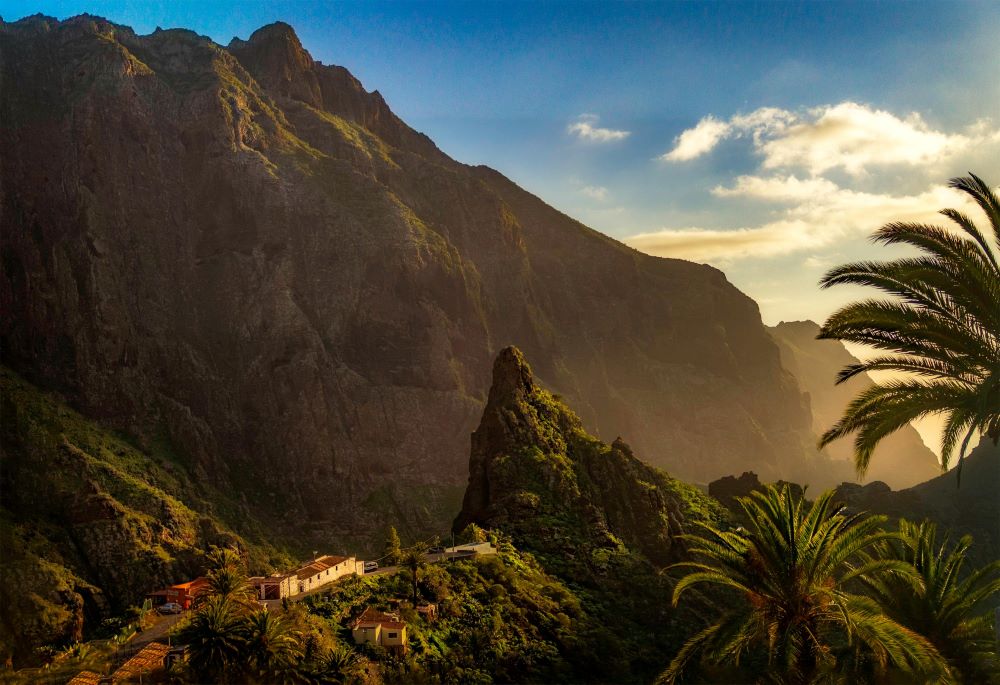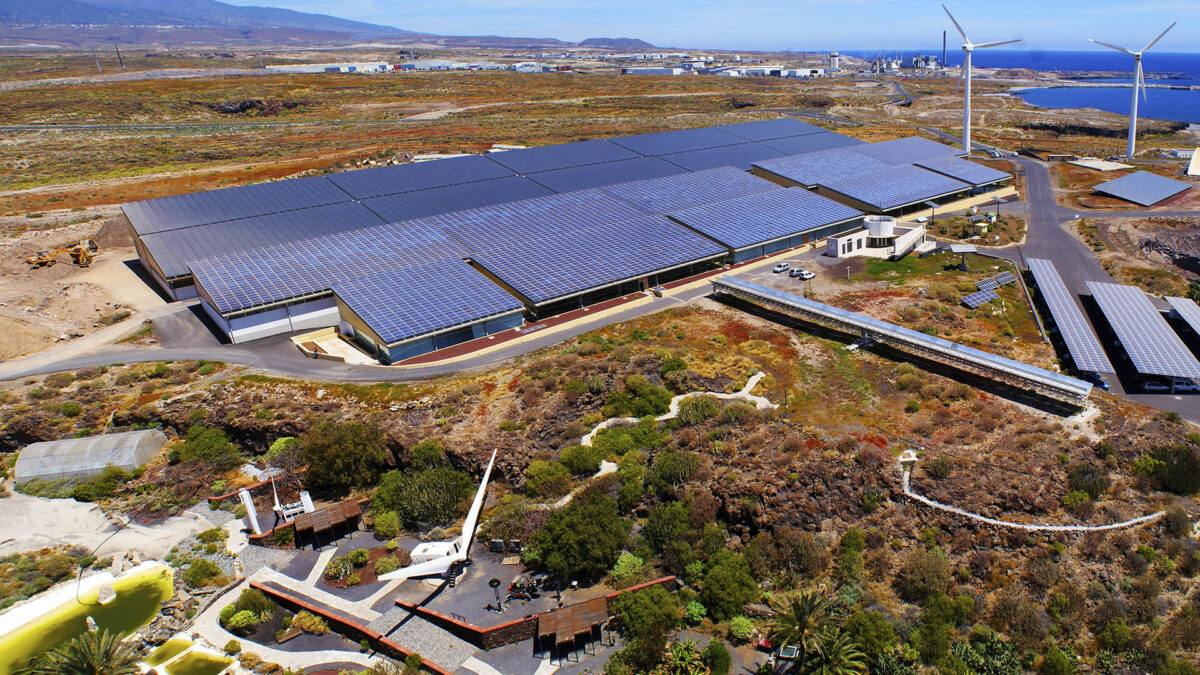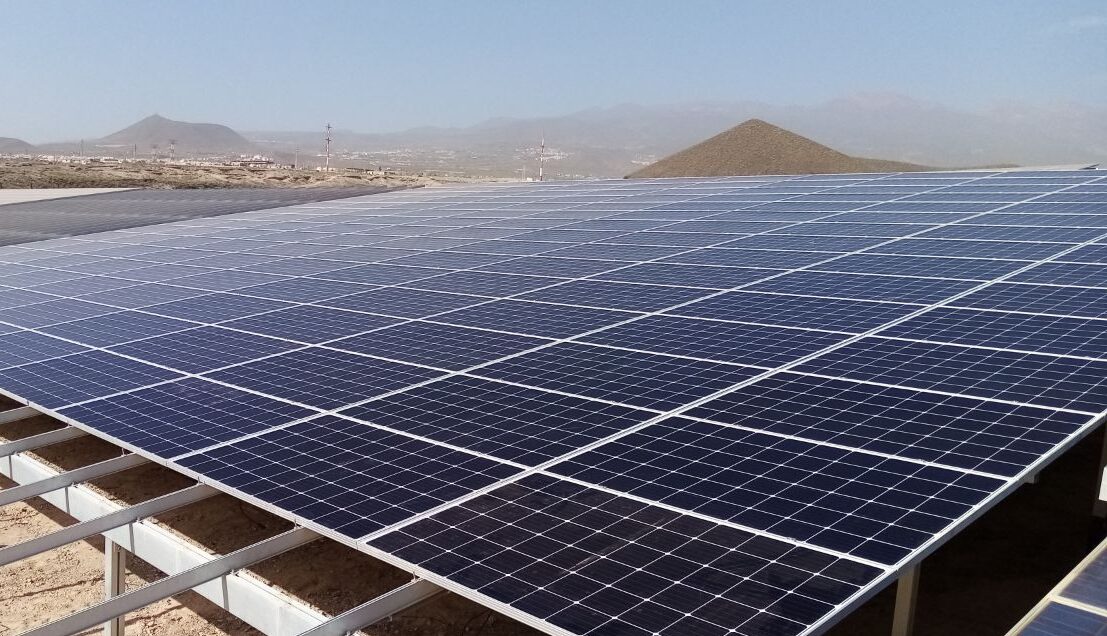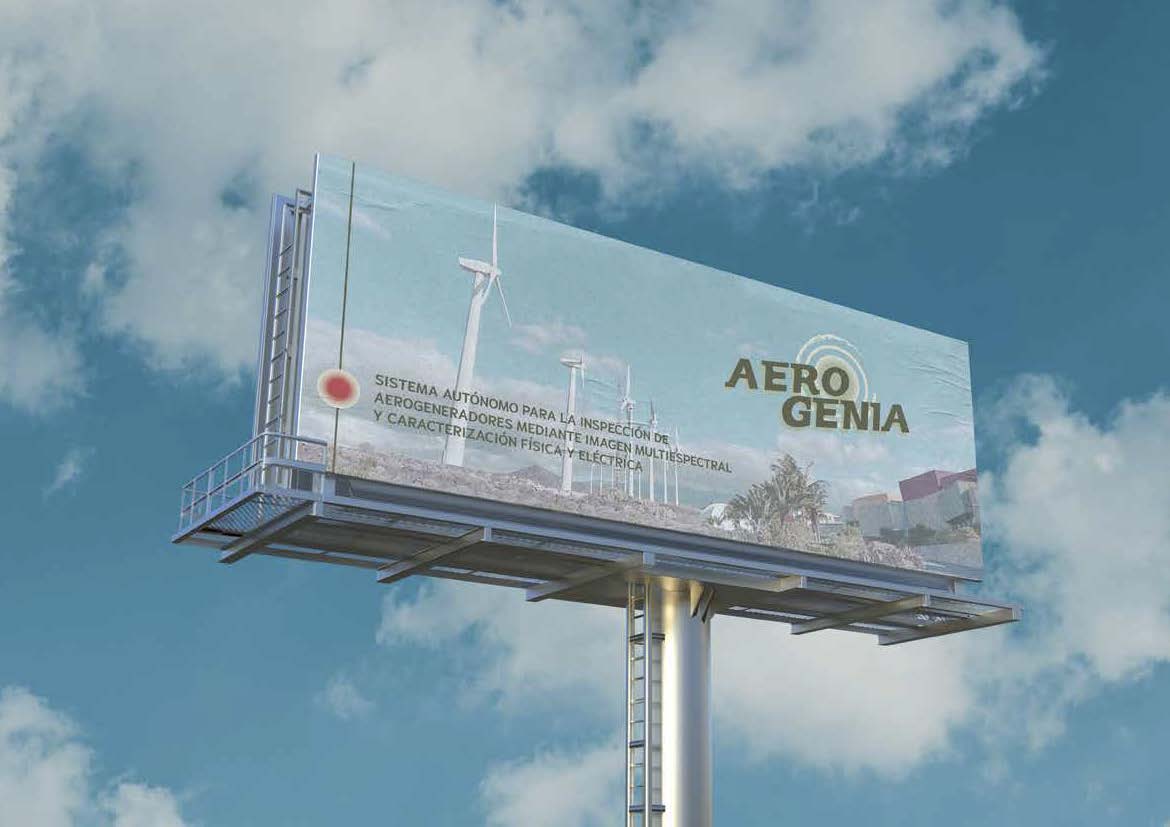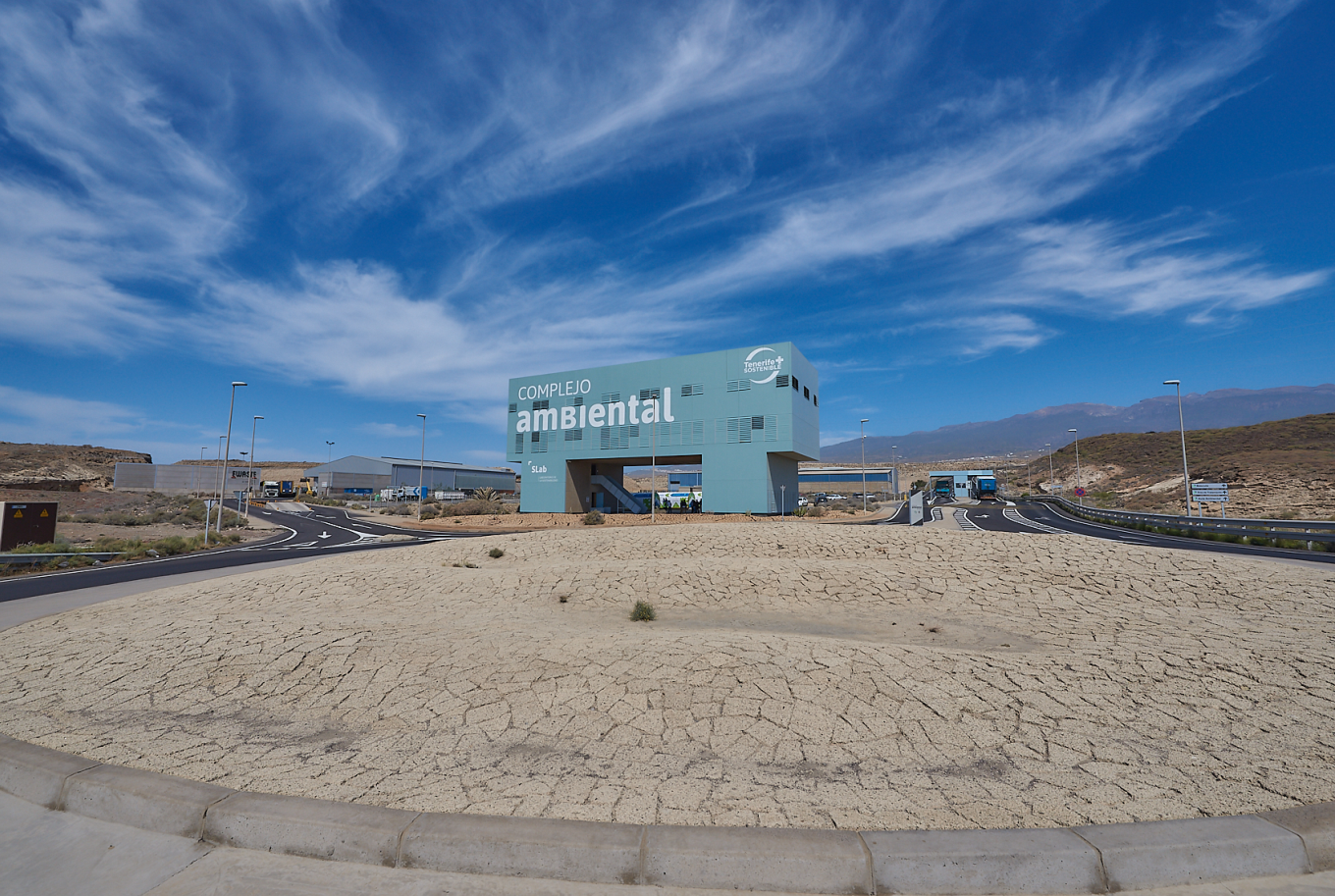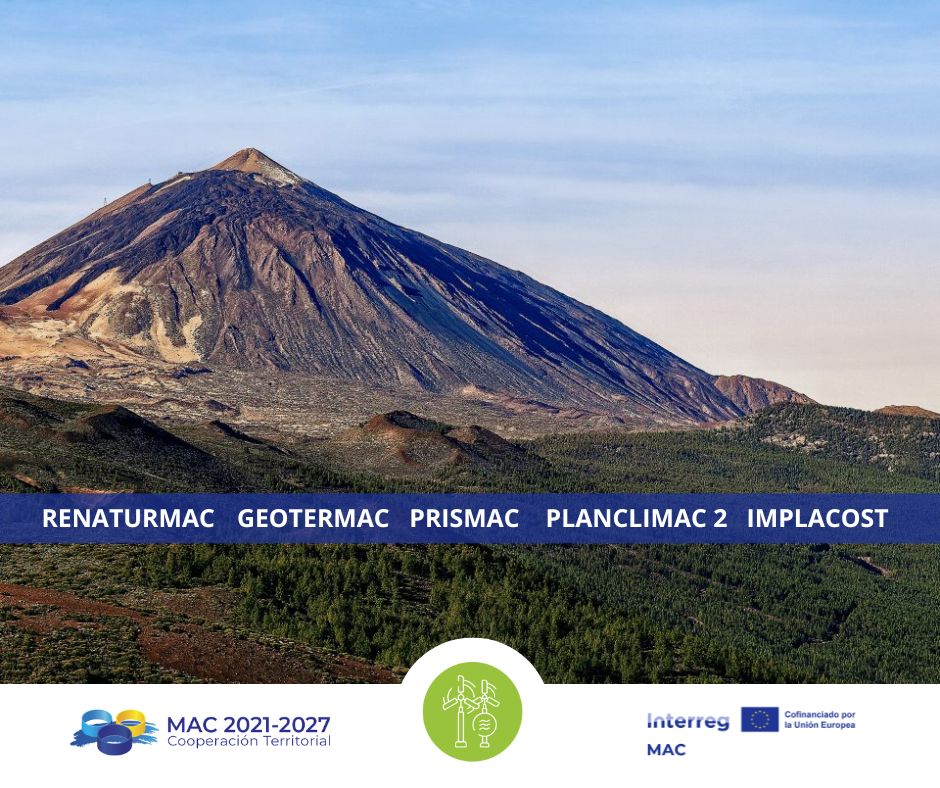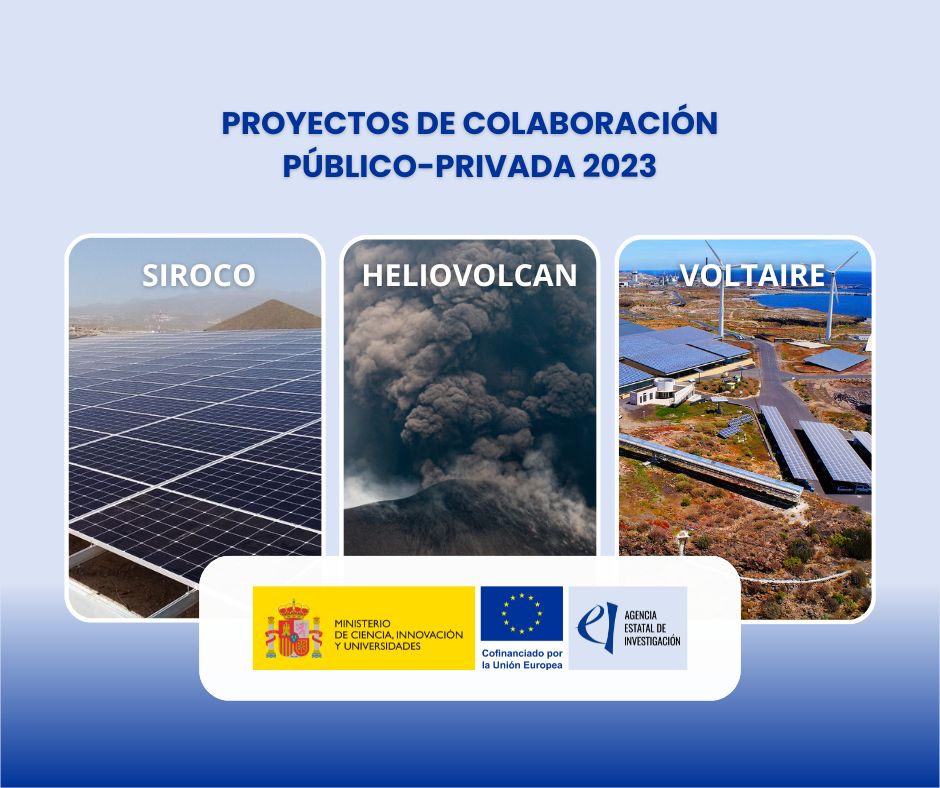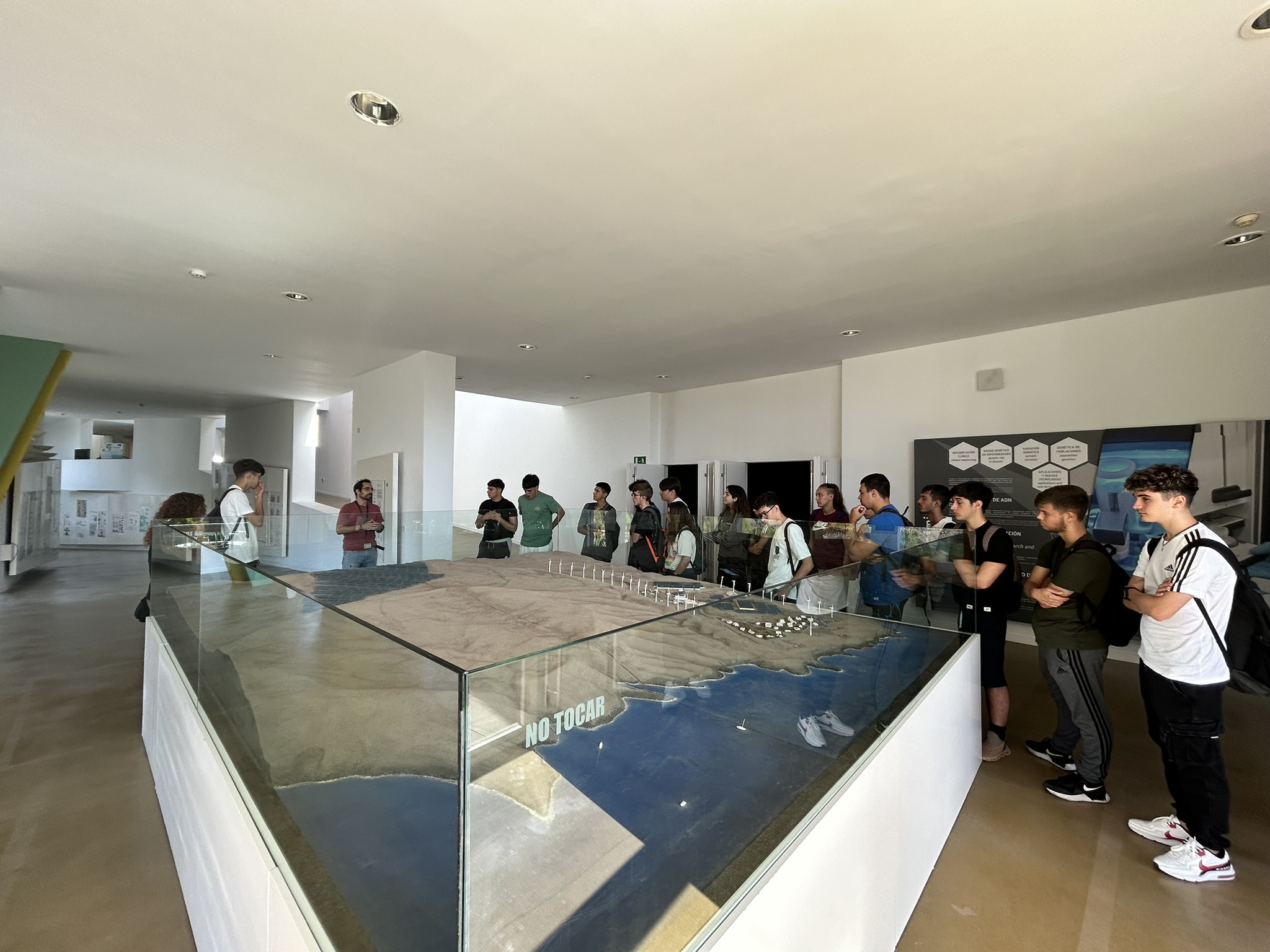Isla 100 is a tool developed by ITER to analyze different scenarios that evaluate hourly the annual energy mix of an isolated community to help in planning the incorporation of renewables and storage.
The process of supplying a community of 10,000 inhabitants with renewable energy sources is completely different from that of a community of half a million. For an appropriate integration scheme of renewables, strategies should be developed regionally taking into account local characteristics. These should specifically reflect the needs and behaviour of the daily and seasonal consumption curve, taking into account economic development and human needs, which have a major impact on energy consumption. In addition, the challenge of supplying a large area with renewable energy and autonomously is a technical, human and decision-making challenge.
The most important technical challenge is the analysis of solutions for regulation, integration and storage, which represent the main obstacles to large-scale implementation of renewable energy technologies. Several aspects need to be considered, including for example the use of fuel cells, hydrogen storage, batteries, storage through hydraulic energy, thermal storage, etc.
The main difficulty for large-scale integration of renewable energy sources with variable output (resource dependent, such as wind and photovoltaic) is that in this case energy storage is indispensable, and must be able to supply peak demand during a period when the resource is scarce. It is of vital importance for the stability, safety and efficiency of an isolated electrical system, The development of efficient storage systems that are designed to meet peak energy requirements in adverse weather conditions.
A carefully studied procedure is therefore required for the storage dimensioning, balancing powers that are able to supply peak demands. In addition, the costs of each system must be taken into account to balance the total investment. In some cases it will be more convenient to increase the installed wind capacity, still losing energy, but thus reducing the cost of the storage system significantly.
To analyse all these scenarios, ITER developed years ago a tool, Tenerife 100, which studies the island’s energy mix on an hourly basis and how it varies by introducing different renewables and storage systems. This tool, which is constantly being updated, allows data from any other location (now called Isla100) to be entered for the relevant analysis.
The results of recurrent analyses provide a valuable tool at both technical and policy level for planning the penetration of renewable energies into existing electricity grids. It will also help to identify existing barriers to the large-scale integration and deployment of renewable energy technologies.



